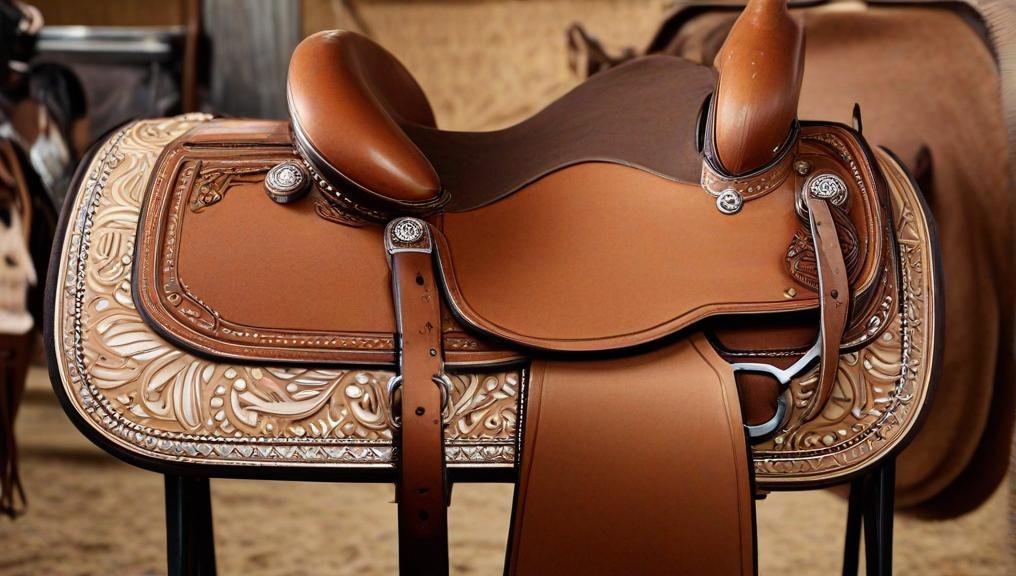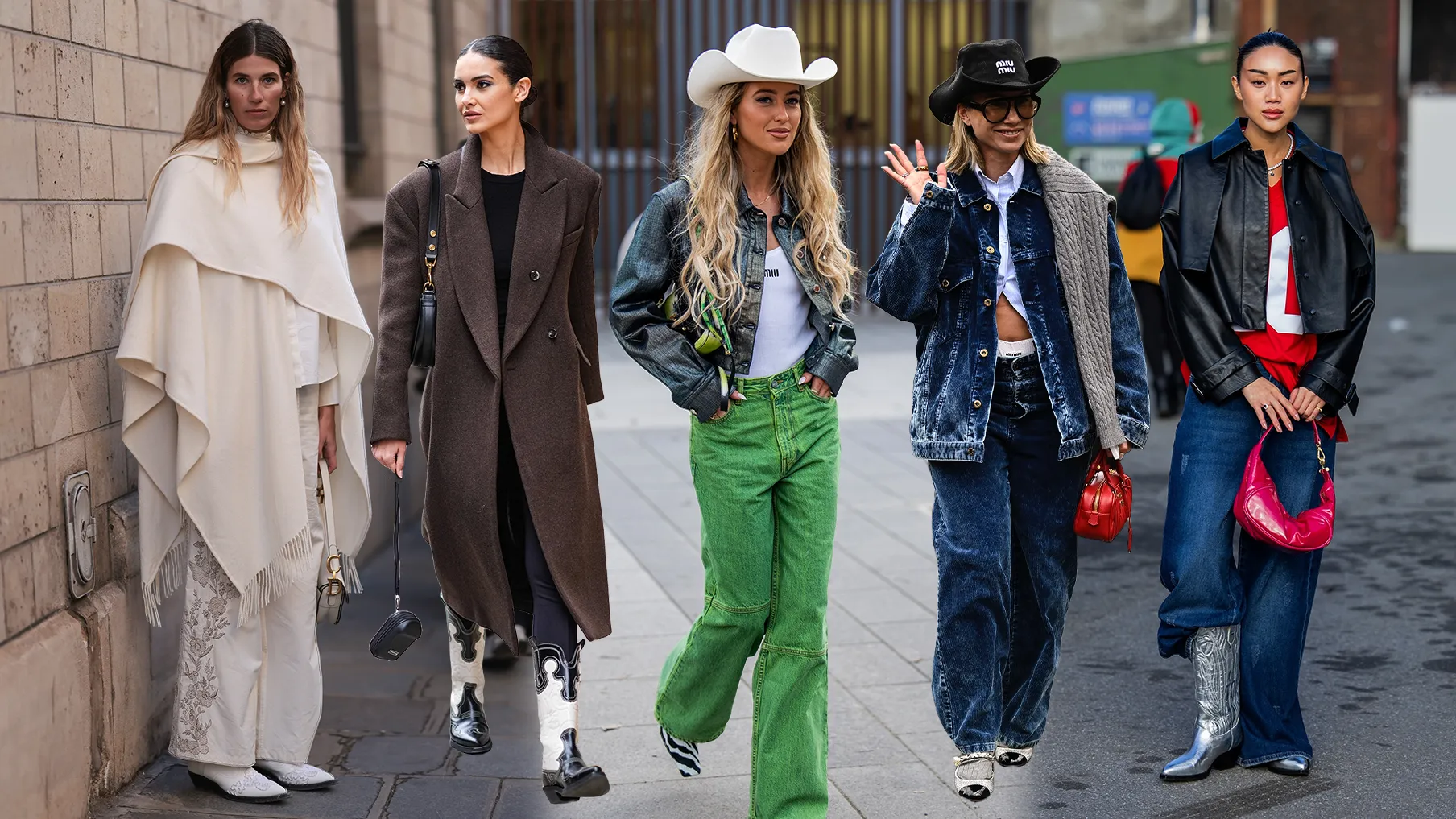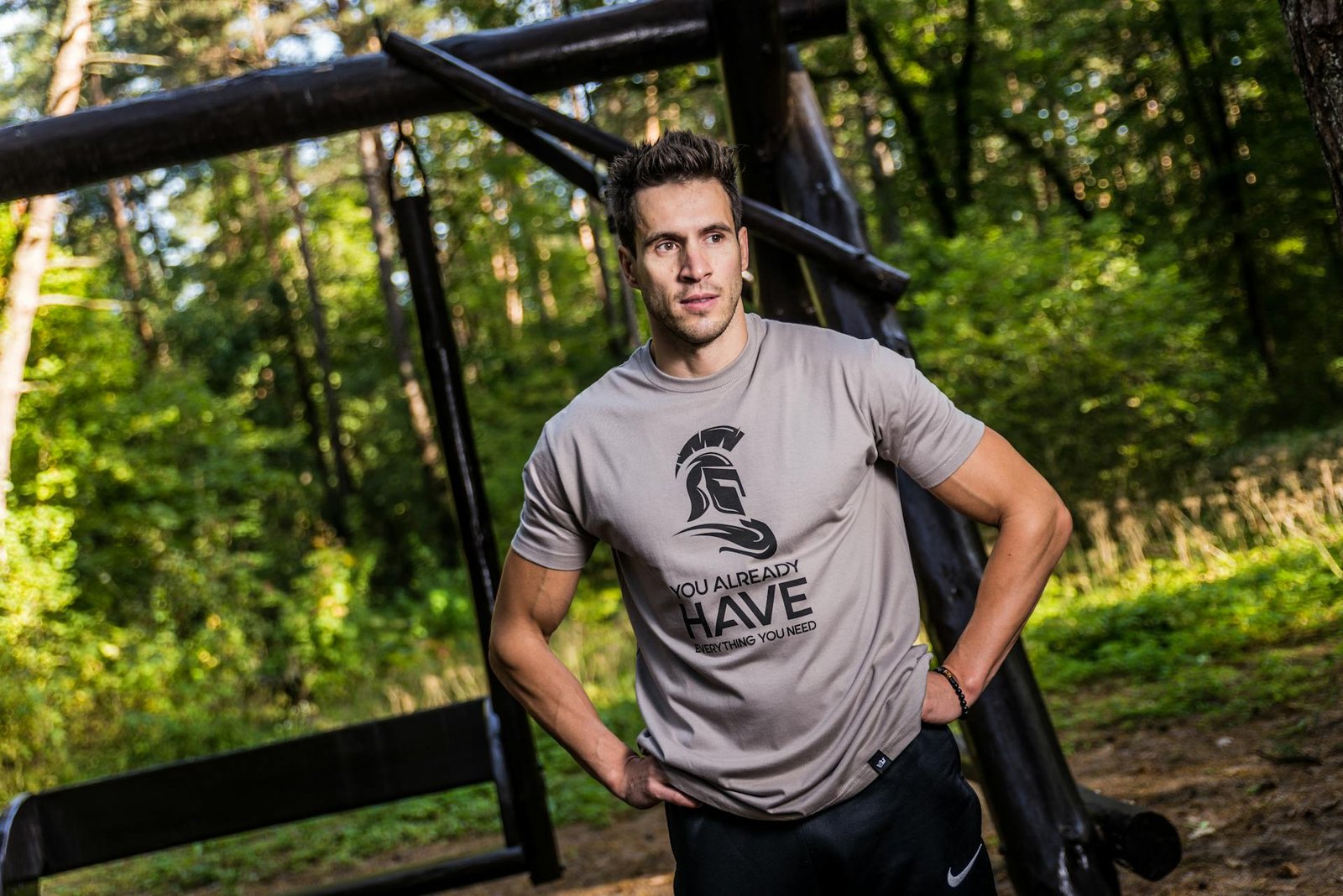Introduction
When it comes to horseback riding, selecting the right saddle can make all the difference in comfort, performance, and the overall experience for both the rider and the horse. Western saddles come in various designs, each tailored to specific types of riding. Whether you’re competing in barrel racing, embarking on a long trail ride, or simply enjoying time in the saddle, finding the right saddle is crucial. Here’s a guide to help you choose the perfect Western saddle for your needs.
1. Understand Your Riding Style
The first step in choosing a SaddleOnline is to identify your primary riding style. Western saddles are built for different purposes, so the type of riding you do will dictate which saddle is best for you.
– Trail Riding: If you enjoy long rides through varied terrain, a trail saddle is your best option. Trail saddles are designed for comfort, with padded seats and lightweight designs to ease the strain on both you and your horse during extended periods of riding. They often feature multiple rings and strings for attaching saddle bags and gear, making them ideal for those who enjoy adventurous trail rides.
– Barrel Racing: For those who are passionate about speed and agility, a barrel racing saddle is essential. These saddles are lightweight and designed with a high cantle to provide a secure seat, helping the rider stay balanced during tight turns. The deep seat allows for better grip, while the shorter skirts ensure the horse’s freedom of movement, making them perfect for fast-paced events.
– Roping and Ranch Work: If you work on a ranch or participate in roping events, a roping saddle is the way to go. These saddles are heavier and sturdier, providing the durability and security needed for roping cattle. With a strong tree and a deep seat, roping saddles help you stay balanced while handling livestock.
– Show Riding: For show riders, a show saddle offers both style and function. These saddles are designed with intricate tooling and silver accents, making them visually appealing while still offering the comfort and support needed in competitions.
2. Consider Your Horse’s Build
The fit of the saddle is just as important for your horse as it is for you. A poorly fitted saddle can lead to discomfort, sores, and even long-term health issues for your horse. To avoid this, it’s important to consider your horse’s build.
– Gullet Size: The gullet is the part of the saddle that fits over your horse’s withers. A saddle with a gullet that’s too narrow can pinch your horse, while one that’s too wide will slip around. Ensure the gullet size fits your horse’s withers comfortably without causing any pressure points.
– Bar Fit: Western saddles have bars that distribute the rider’s weight across the horse’s back. Make sure the bars align with your horse’s back without bridging (leaving gaps) or rocking (causing uneven pressure).
– Skirt Length: Especially for shorter horses, consider a saddle with a shorter skirt to avoid restricting your horse’s movement.
3. Prioritize Comfort
Your comfort as a rider is key to a positive riding experience. When choosing a saddle, consider factors such as the seat size, padding, and the material used.
– Seat Size: Seat sizes vary based on the rider’s build and height. Generally, a seat that’s too small can feel restrictive, while one that’s too large may not provide the necessary support. You should be able to sit comfortably with about four fingers’ width between your thigh and the pommel.
– Padding and Cushioning: Look for saddles with well-padded seats, especially for longer rides. Gel or memory foam seats can provide additional comfort, helping to reduce pressure on your back and legs during extended periods of riding.
– Materials: Leather is the traditional choice for Western saddles due to its durability and flexibility. However, synthetic saddles have grown in popularity because of their lightweight nature and lower maintenance.
4. Focus on Saddle Quality
A high-quality saddle can last for years with proper care. When shopping for a Western saddle, pay attention to the craftsmanship and materials used. Look for saddles made from durable, high-quality leather, sturdy trees, and reinforced stitching.
5. Test the Saddle Before Buying
If possible, always test a saddle before making a purchase. Saddles fit differently depending on the horse and rider, so taking it for a trial ride can help you assess the comfort, fit, and balance.
Conclusion
Choosing the right Western saddle can enhance your riding experience, improve your horse’s comfort, and even boost performance in competitive events. By understanding your riding style, prioritizing your horse’s fit, and focusing on comfort and quality, you’ll be able to select the ideal saddle for your needs. Whether you’re a seasoned rider or new to the world of Western riding, investing in the right saddle is key to enjoying countless hours of safe and comfortable riding.
For a wide selection of Western saddles, be sure to visit SaddleOnline, where you’ll find everything from trail and barrel racing saddles to roping and show saddles, all designed to meet the needs of both you and your horse.





